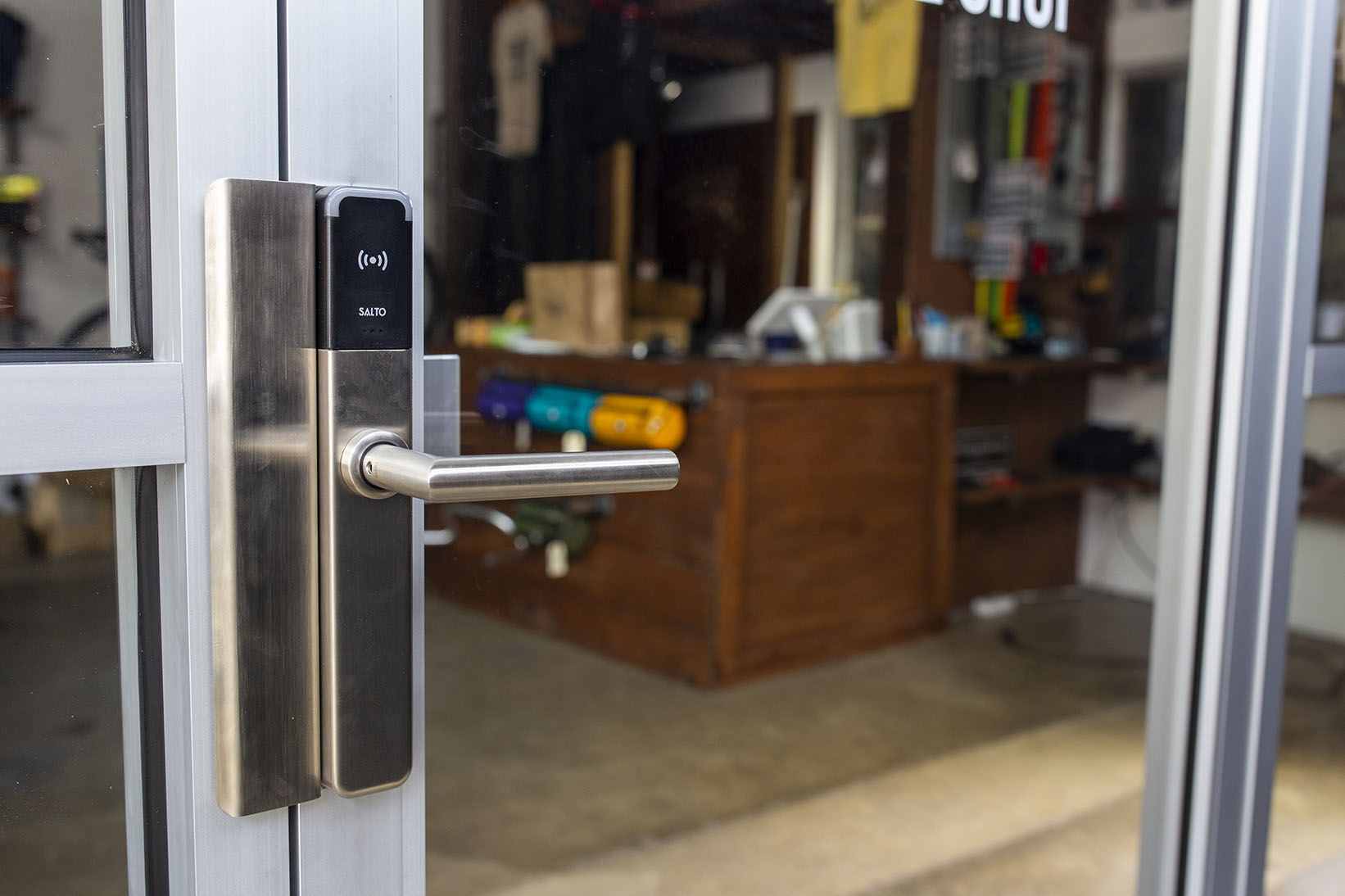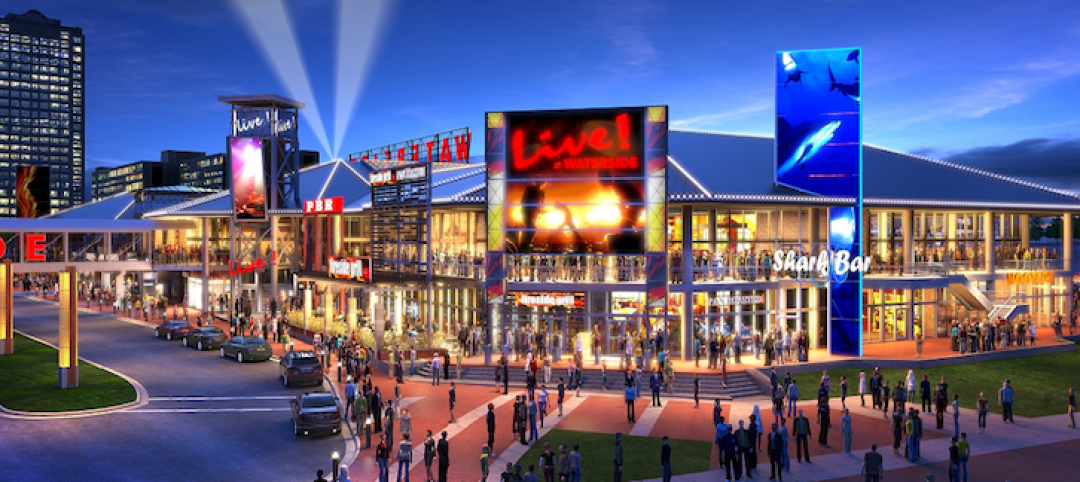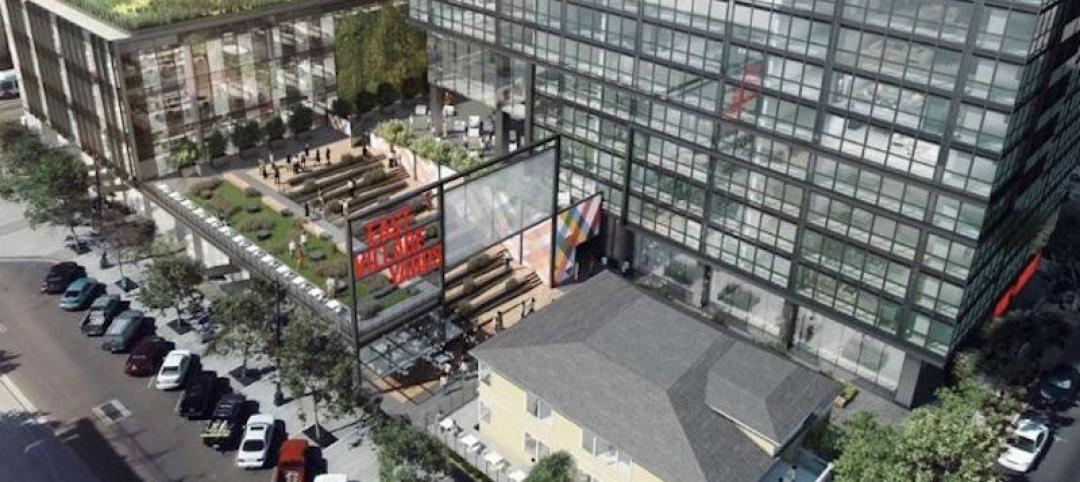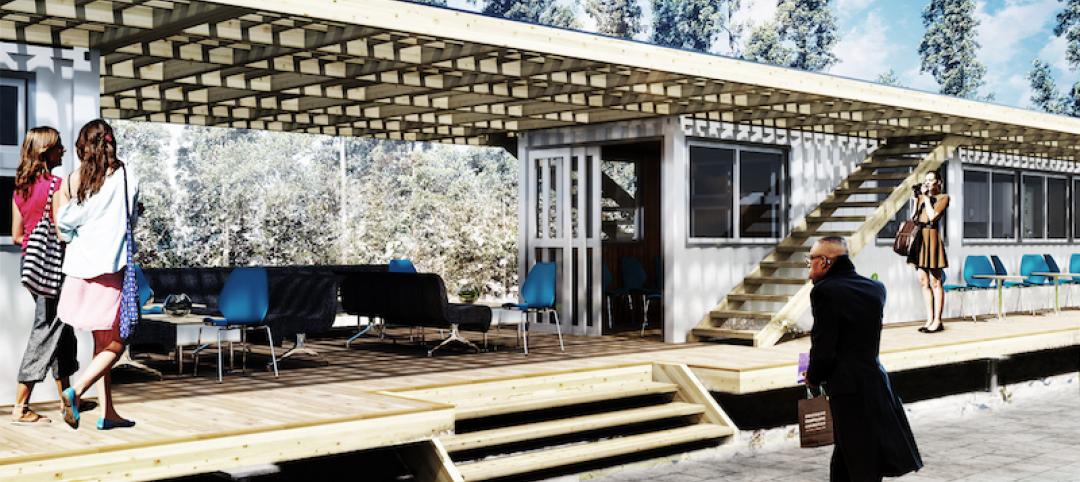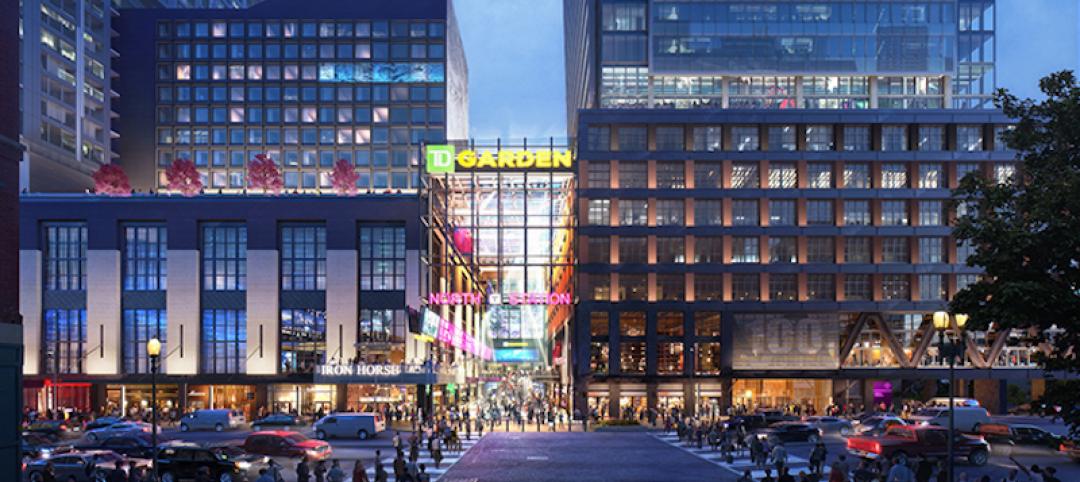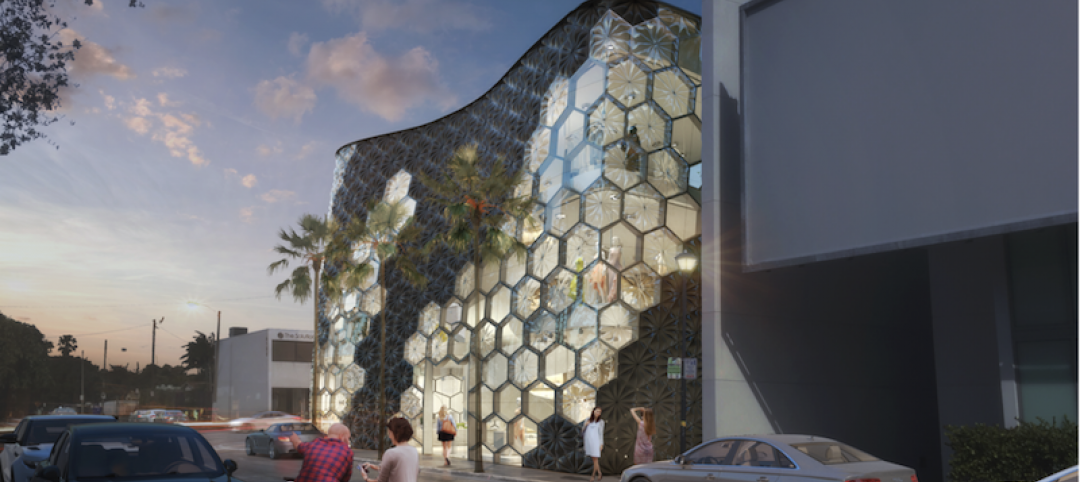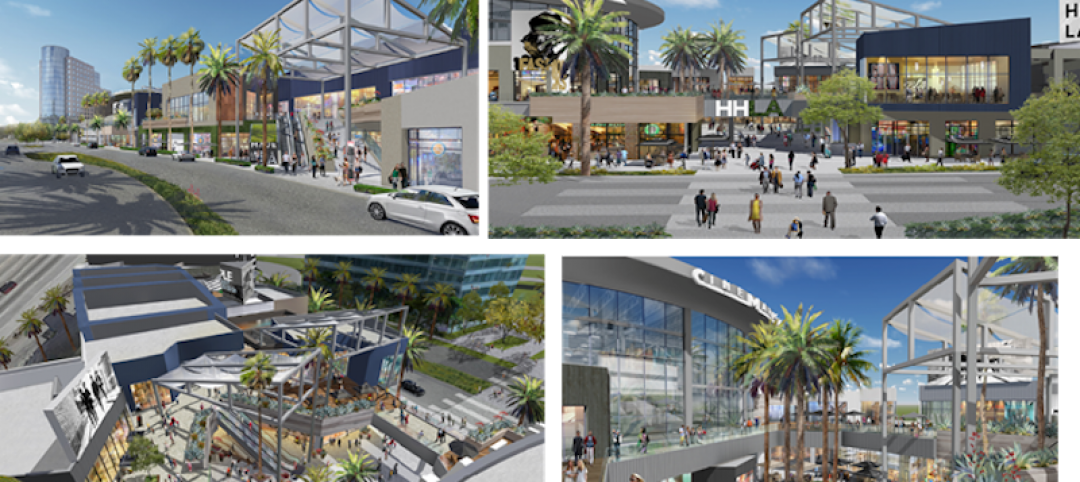Traditional lock-and-key systems are rapidly being replaced by keyless entry systems in retail businesses. An obvious advantage of this evolution is the elimination of physical keys, a burdensome task to manage. However, keys-as-a-service (KS) — in which permissions and access are controlled by cloud-based technology — offers other important benefits. One such benefit lies in the valuable data these systems collect.
“Keys-as-a-service systems maintain a comprehensive log of every access event,” says John Wright, SALTO Systems Retail & Fitness Industry Business Leader. “This includes information on who accessed which doors and when, providing detailed insights into the retail space’s usage.” That data extends not only to doors, but to storage cabinets, lockers, showcases — anything that requires physical security.
What the Data Reveals
One main insight that systems like SALTO KS can provide is user behavior information. Who accessed which doors and when? Tracking that information can also shed light on traffic patterns, frequently used access points, and even potential security breaches.
“This user behavior data can be analyzed to optimize staffing and operating hours, enhancing overall operational efficiency,” says Wright. This also benefits customers, he adds, when understanding peak access times and busy areas can help retailers maximize store layout and manage traffic, resulting in a better customer shopping experience.
Furthermore, the system reports on its own status, including its battery life and functionality, so that it can be continuously maintained in top operating condition.
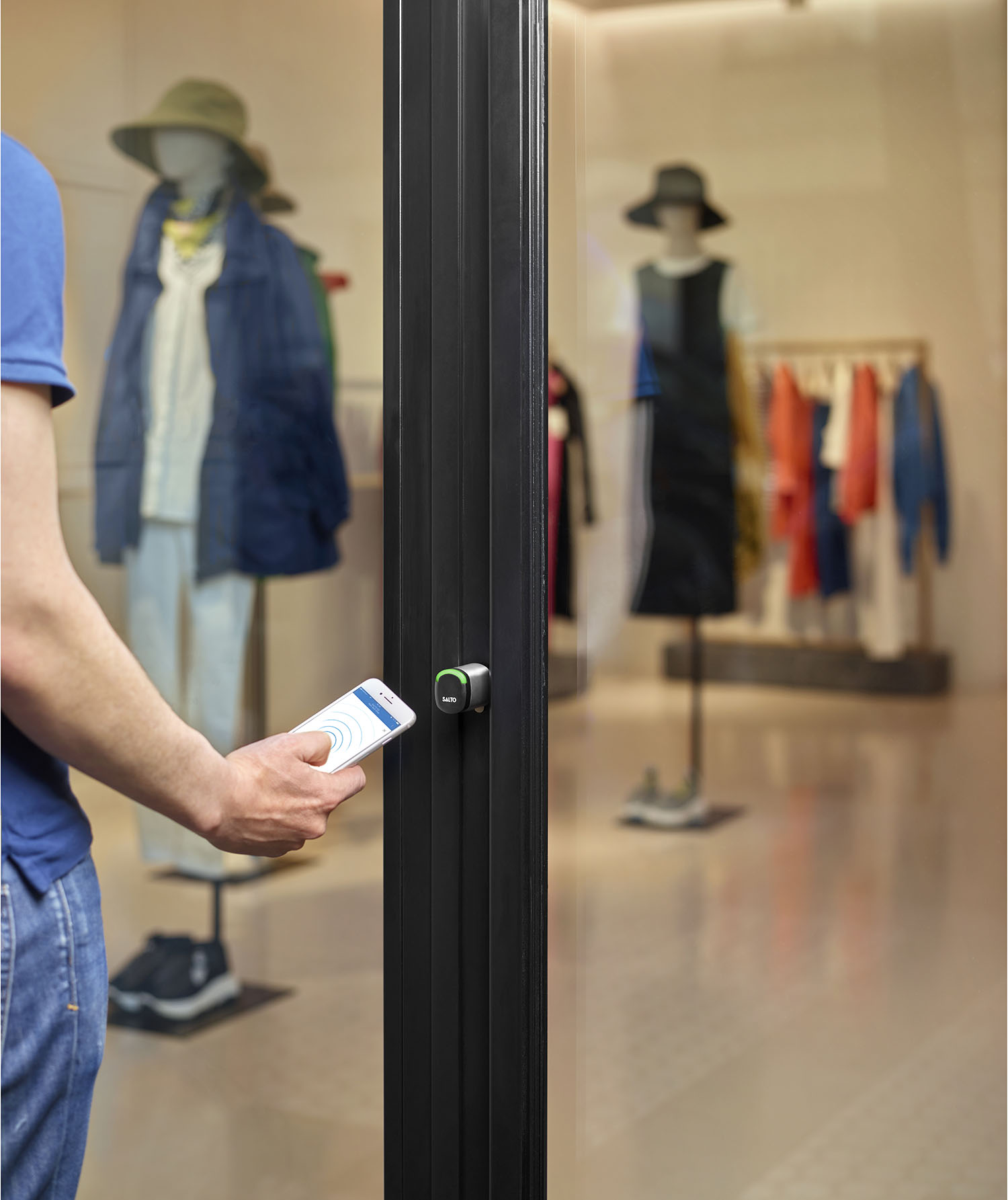 Global Scalability
Global Scalability
SALTO’s KS data collection capability becomes even more valuable in a distributed retail landscape, where businesses span multiple locations and even countries. Wright notes, “Regardless of geographical boundaries, all access control points connect to a unified system. This means that all access data coming in from multiple locations is collected and stored centrally, making it easily accessible and manageable from anywhere in the world.” That level of global, real-time visibility is essential for large-scale retail operations.
As an organization expands into new retail locations, the access information from all sites, both new and existing, is seamlessly integrated into a single KS database. In addition, the same access control standards are implemented across all stores, eliminating concerns about inconsistent application of security measures in different locations.
The data collected by the KS system can be used to generate insightful reports that can include security audits, efficiency data, and behavioral analyses. This information can help with strategic decision-making, policy modifications, and enhanced operations, according to Wright.
A Resource for Business Intelligence
There are several important ways the wireless access data from the SALTO KS system can be used:
- Customer traffic patterns. Understanding peak shopping periods allows retailers to staff appropriately and adjust store hours.
- Store layout optimization. Product placement and store layouts can be optimized based on the highest traffic areas.
- Resource allocation. If a particular store receives high levels of traffic, retailers may decide to invest more in that location or add staff.
- Security planning. Retailers can enhance security measures in locations with frequent unauthorized access attempts.
- Maintenance. Device self-monitoring allows for proactive maintenance operations, reducing the chance for unexpected equipment failures.
- Expansion strategy. Comparing data among stores affords insight into what contributes to a location’s success, which can be used in future growth planning.
- Staff training. Data on unauthorized access attempts can reveal areas in which staff may need retraining.
In a highly competitive and challenging landscape, retailers who understand customer patterns, have a solid handle on security compliance, and manage their resources wisely are in a better position to thrive. Cloud-based keys-as-a-service wireless access systems make this possible.
Related Stories
Giants 400 | Sep 13, 2017
Retailers look beyond the sale: Brick-and-mortar retailers are raising their game to lure plugged-in consumers to their stores
Just two months ago, Credit Suisse forecasted that 20-25% of malls will close by 2022.
Giants 400 | Sep 12, 2017
Top 40 retail engineering firms
WSP, Henderson Engineers, and Core States Group top BD+C’s ranking of the nation’s largest retail sector engineering and EA firms, as reported in the 2017 Giants 300 Report.
Giants 400 | Sep 11, 2017
Top 65 retail architecture firms
CallisonRTKL, Jacobs, and Gensler top BD+C’s ranking of the nation’s largest retail sector architecture and AE firms, as reported in the 2017 Giants 300 Report.
Retail Centers | Aug 24, 2017
More than a mall: A collection of experiences
Find out how Gensler transformed one of Silicon Valley’s largest shopping destinations into an immersive lifestyle destination.
Office Buildings | Aug 17, 2017
Toyota’s new North American HQ opens in Plano
Toyota invested $1 billion in the project, which was designed by Corgan.
Mixed-Use | Aug 10, 2017
Mixed-use development includes University of California-San Diego campus extension
The 562,000-sf development was designed by Carrier Johnson + CULTURE and is located five blocks from the San Diego Padres’ Petco Park.
Retail Centers | Aug 4, 2017
A fast-food restaurant created from recycled shipping containers
Each of the 20-foot-long shipping containers used in the proposal for the Siauliai, Lithuania restaurant are independent and can be easily reproduced.
Retail Centers | Jul 27, 2017
The “New Hybrid” experience: Beyond the mall
Consumers expect more from retailers and brands than ever before.
Retail Centers | Jul 24, 2017
Miami retail structure’s honeycomb façade fluctuates between opacity and transparency
The building will rise three stories in Miami’s Design District.
Retail Centers | Jul 20, 2017
L.A.’s Promenade at Howard Hughes Center receives a new name and a $30 million cash injection
Laurus Corporation and The Jerde Partnership will team up to rebrand the center as a family-friendly dining and entertainment destination.


